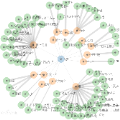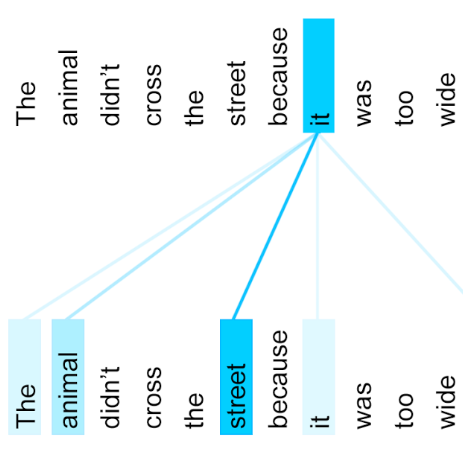
In this paper we provide a comprehensive introduction to knowledge graphs, which have recently garnered significant attention from both industry and academia in scenarios that require exploiting diverse, dynamic, large-scale collections of data. After a general introduction, we motivate and contrast various graph-based data models and query languages that are used for knowledge graphs. We discuss the roles of schema, identity, and context in knowledge graphs. We explain how knowledge can be represented and extracted using a combination of deductive and inductive techniques. We summarise methods for the creation, enrichment, quality assessment, refinement, and publication of knowledge graphs. We provide an overview of prominent open knowledge graphs and enterprise knowledge graphs, their applications, and how they use the aforementioned techniques. We conclude with high-level future research directions for knowledge graphs.
翻译:在本文件中,我们全面介绍了最近引起产业界和学术界大量注意的知识图表,这些图表在需要利用多种、动态和大规模数据收集的情景中引起了产业界和学术界的极大关注。在一般性介绍之后,我们激励和对比了各种基于图表的数据模型和用于知识图表的查询语言。我们在知识图表中讨论了各种图案、身份和背景的作用。我们解释了如何利用各种推理和感应技术的组合来代表和提取知识。我们总结了知识图表的创建、浓缩、质量评估、完善和出版方法。我们概述了突出的开放知识图表和企业知识图表及其应用,以及它们如何使用上述技术。我们最后提出了知识图表的未来高级研究方向。


